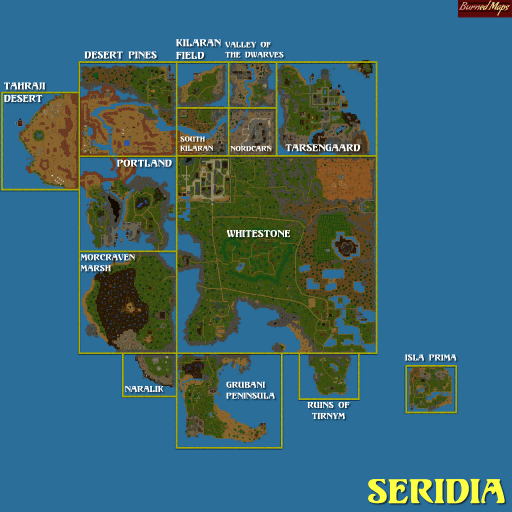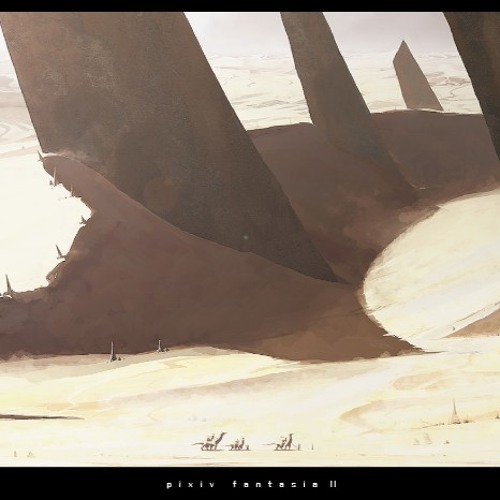

The common variant of Astral Slide thus shifted from Red-White to Green-White (and less commonly Green-White with a small Red splash). The potential to never stall/be missing cycling cards gave Slide a new edge and a new outlook.

Witness proved incredibly more effective than Dragon in creating a Confinement-lock, since the mana and resource requirements were significantly lower.

The "lock" created with Confinement was originally attempted back in 2003 when Scourge was released, originally using the recurring ability of Eternal Dragon to refuel the hand and comply with Confinement's "discard a card" requirement. Confinement's requirement to discard could easily be abused with the sheer card advantage and card drawing witness allowed. Slide further took advantage of Eternal Witness by pairing the mentioned combo with Solitary Confinement, creating a near hard-lock. If the Slide player setup the aforementioned combination of cards, they would effectively never run out of cycling cards-since they would at least grab the card that was initially used to cycle-all while gaining new cards from the cycling mechanic itself. Witness allowed the Slide player to abuse a combination of Astral Slide + Witness + cycling card, since Eternal Witness's come-into-play triggered ability let the Slide player reacquire any card within the grave, commonly the card just cycled. The card that completely changed Slide's playstyle and feel was Eternal Witness, released in Fifth Dawn in June 2004. From Mirrodin Block and onward, the ideologies of utilizing and incorporating certain cards over others is more important than actual lists.Īstral Slide was commonly a Red-White deck up until the release of Fifth Dawn. It is at this point that specific decklists do not matter.Gilded Light is also another highly praised card that comes from this period.Ģ Starstorm / Akroma's Vengeance Focus on Extended Mirrodin and Kamigawa Spark Spray was a pleasant addition as well, since it was able to knock out early pests such as Birds of Paradise and be a cheap cycler.

Temple of the False God gave Slide players considerable mana to play with-and the normal drawback of the card wasn't a common factor since Slide is built with a heavy amount of land cards. However, while Slide became more and more successful, the card Stabilizer became increasingly present in opposing Sideboards. Slide gained card advantage through Eternal Dragon as well "better" cycling cards - such as Decree of Justice. The rest of the Onslaught Block (February and May 2003) only added to Astral Slide, really pushing it to the top of meta-games. Board-sweeping spells could also be used after the Slide player "cycled out" an Exalted Angel - clearing the table of opposition and allowing Angel to deal uncontested shots at the opponent. Burning Wish was also used in the early builds to create a "toolbox" of finisher or situational cards. However, if an Astral Slide was on the table, the Angel could be morphed "for free" if something were to be cycled-since Astral Slide could remove the Angel from play and allow it to re-enter the game "flipped".Īstral Slide also provided a solid defense to reach this situation, normally running Wrath of God, Starstorm, Slice and Dice, and/or Akroma's Vengeance to wipe out any opposition. If the casting cost for Exalted Angel was too much to simply hardcast Angel, she could be played as a "Morph" (a generic 2/2 creature for 3 mana) and then converted into her powerhouse form the turn after. If the Slide player didn't run into Lightning Rift, they could win with Exalted Angel, the deck's original "finisher" card. A Slide player would typically use the cycling mechanic + Rift to shock their opponents for 2 damage per card cycled even more damage could be dealt if multiple Rifts were in play, since the triggering of Rifts can combine and stack on top of each other. The original popular build of Astral Slide was a Red-White deck that ran off simple Astral Slide tricks and the abuse of Lightning Rift. Astral Slide utilizes the mechanic cycling, a mechanic initially created during the Urza Block, to create cantrips (cycling to draw a new card) while gaining beneficial abilities capable of "going through the stack", ultimately establishing spells and abilities that cannot be countered.Īctual cycling cards have little to no value unless they are used in conjunction with Astral Slide or Lightning Rift. On October 7, 2002, Wizards of the Coast released Onslaught, giving birth to the deck Astral Slide. User:Warden's Astral Slide deck article Overview 5 User:Vanno's version of Extended Astral Slide deck article.1 User:Warden's Astral Slide deck article.


 0 kommentar(er)
0 kommentar(er)
